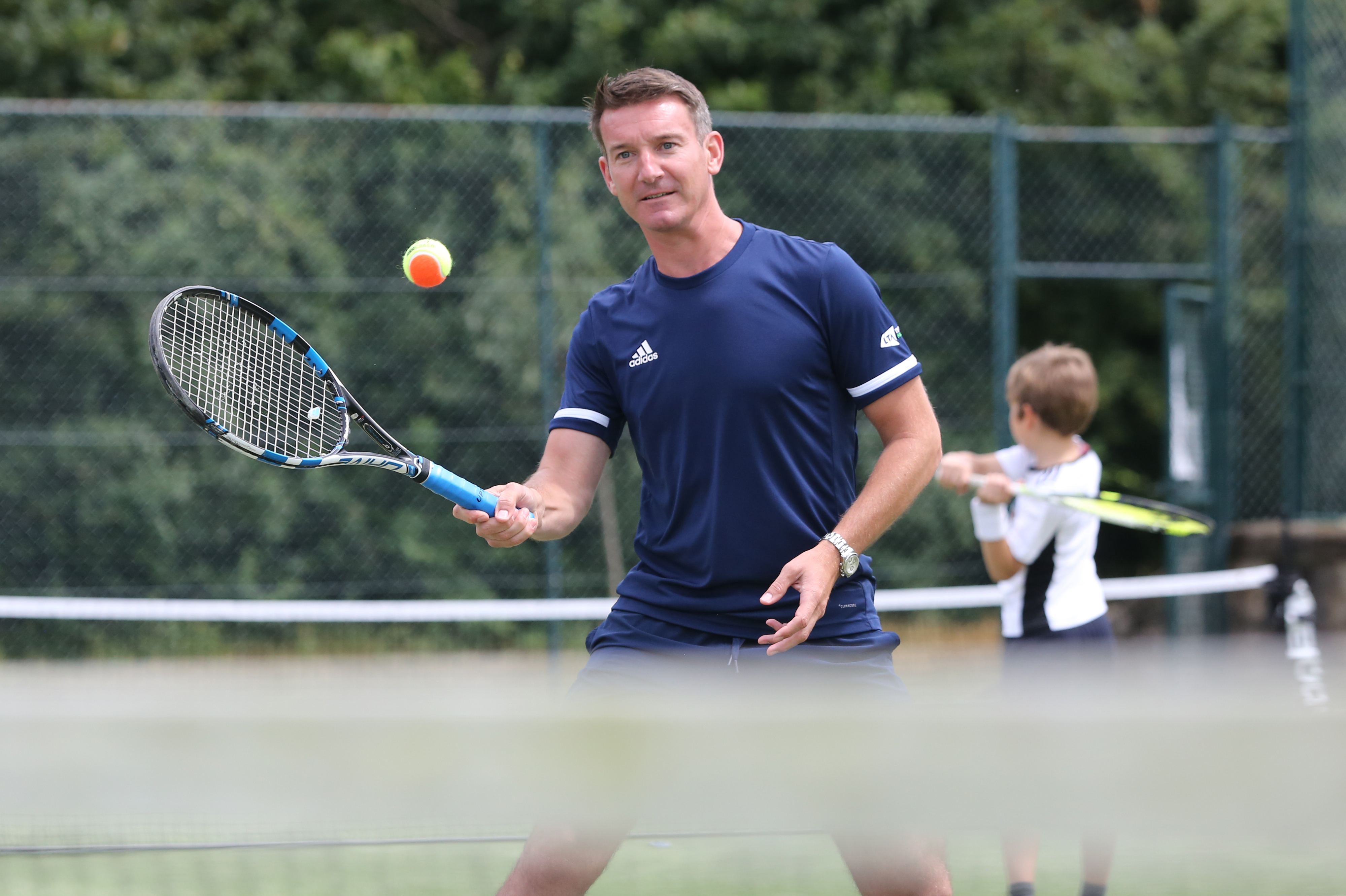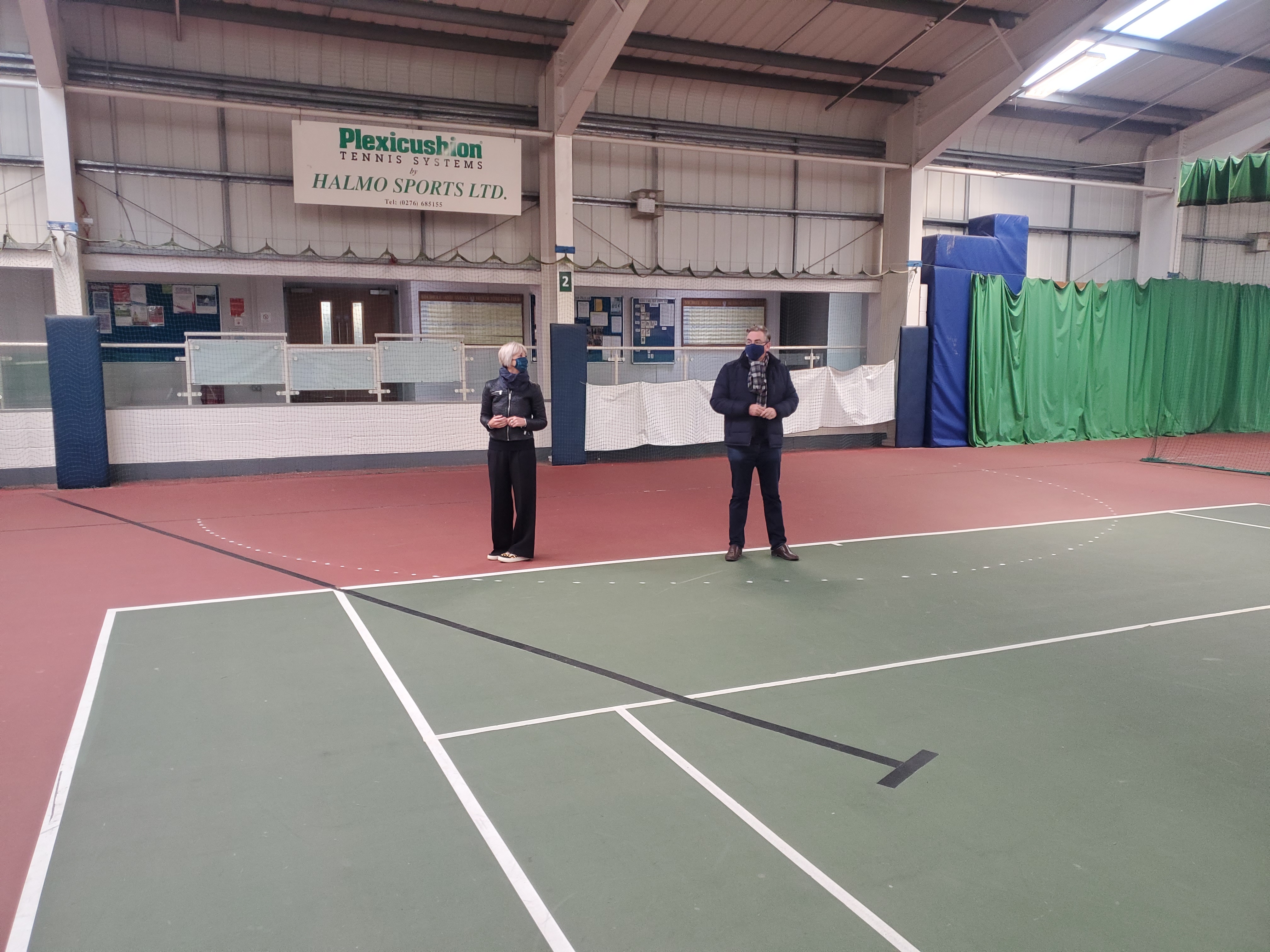The Lawn Tennis Association is warning that at least a third of community indoor tennis centres in Britain could close without further financial backing from the Government.
The LTA supports a network of 54 centres, which have faced a substantial loss in income because of measures imposed to try to curb the coronavirus pandemic.
The latest tier two and three restrictions in England mean able-bodied adults in those areas can only play tennis indoors with members of their households or take part in one-on-one coaching sessions.

In Wales, the current firebreak lockdown means all sport and leisure facilities have closed, while indoor activity in Scotland is also limited.
The Government last week announced a £100million package of support for public leisure facilities but the LTA believes a lot more is needed.
Chief executive Scott Lloyd said: "While we welcome the recent Government announcement regarding investment into public leisure, this money will be spread thinly across a huge range of publicly owned sport and leisure facilities.
"Community indoor tennis centres play a pivotal role in supporting the physical and mental health of people in their local communities, but Covid-19 has left many in a perilous position.
"The current restrictions across Britain still mean the number of people who can use these centres is significantly less than in normal circumstances and this will continue to have a huge impact on their financial viability as we move into a difficult winter.
"As it stands, a large proportion of CITCs still face the very real prospect of closure, which would be catastrophic for tennis players up and down the country.
"We are calling for Government to deliver a comprehensive Sports Recovery Fund, which is needed to help protect these facilities and other venues with indoor tennis courts, which we know are facing huge challenges over the coming months."
The LTA has received support from the Department for Culture, Media and Sport, with its chair, Julian Knight, visiting Tudor Grange Tennis Centre in Solihull earlier this month.
Knight, the MP for Solihull, said: "Visiting my local tennis centre with the LTA last Friday brought home to me the immediacy of the issue we face.
"The centre employs a number of passionate, dedicated employees who deliver a fantastic service in helping to keep the local community active through tennis – a safe and socially distant sport.

"It is imperative that we protect these vital facilities over the coming months and into 2021, as their closure would result in huge vacuums in many communities across the country and have a significant impact on the nation's health and wellbeing."
Tennis was one of the first sports to be allowed to resume following lockdown because players are naturally socially distanced, and there is immense frustration that indoor exercise classes are being allowed to continue for people from multiple households while tennis is not.
Toby Perkins, the MP for Chesterfield and chair of the All Party Parliamentary Group for Tennis, said: "It is completely illogical that adults are allowed to take part in a gym class indoors in a group of 30 people but can't hit a ball over a net to someone outside of their household or bubble on an indoor court."
The governing body said it has been contacted by clubs with indoor facilities that expect to lose up to £100,000 over the coming weeks.
Sarah Langford, the general manager of Bromley Tennis Centre, said: "Community indoor tennis centres such as ours already face high running costs and tight finances.
"With the implementation of these new restrictions, the resulting financial implications are significant. Although our team remain committed to, and passionate about, providing tennis opportunities to everyone, these restrictions negatively impact our efforts and the role we play in our community."
The restrictions are especially disappointing because grass-roots participation in tennis, which has been one of the areas where the LTA has faced most criticism, has risen sharply this year.
Court bookings between May and July were up 372 per cent from the same period last year while participation for September was seven per cent higher than in 2019.






